
Aerospace engineer by training, now ME/CFS & LC patient researcher & cofounder @amaticahealth - Information on joining our research https://t.co/BvmsOvch0p
2 subscribers
How to get URL link on X (Twitter) App

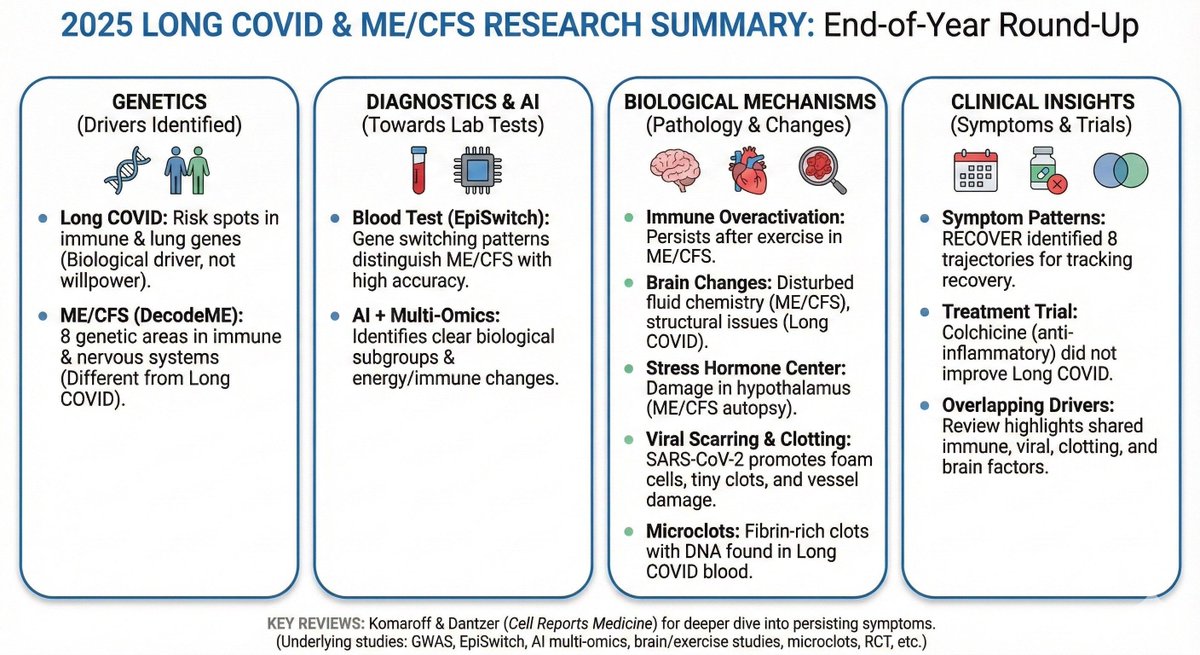
 Long COVID genetics
Long COVID genetics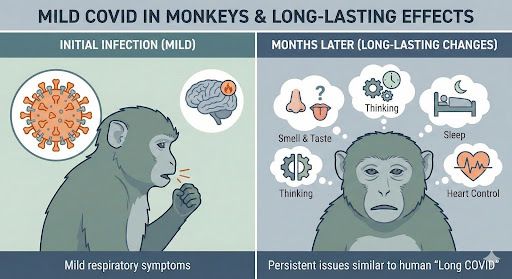
 10 adult rhesus macaques (5 female, 5 male) were infected with the early Wuhan strain. Illness was mild.
10 adult rhesus macaques (5 female, 5 male) were infected with the early Wuhan strain. Illness was mild. 
 @amaticahealth 302 trial participants had blood taken on day 1 and day 8.
@amaticahealth 302 trial participants had blood taken on day 1 and day 8. 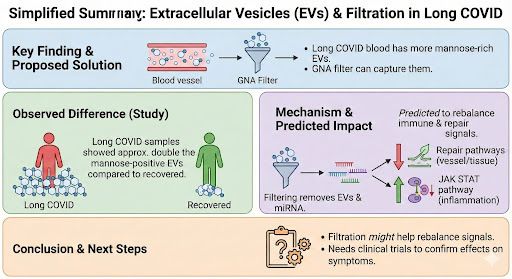
 EVs are tiny bubbles released by cells. They carry proteins and genetic material.
EVs are tiny bubbles released by cells. They carry proteins and genetic material. 
 EBV infects almost everyone, but only some people develop lupus. This study looked at how EBV behaves inside B cells in SLE compared to healthy people.
EBV infects almost everyone, but only some people develop lupus. This study looked at how EBV behaves inside B cells in SLE compared to healthy people.
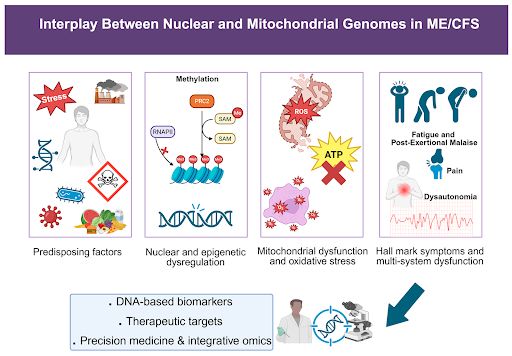
 Family and twin studies show ME/CFS is partly genetic. Identical twins share the illness much more often than non-identical ones, with heritability around 50%.
Family and twin studies show ME/CFS is partly genetic. Identical twins share the illness much more often than non-identical ones, with heritability around 50%. 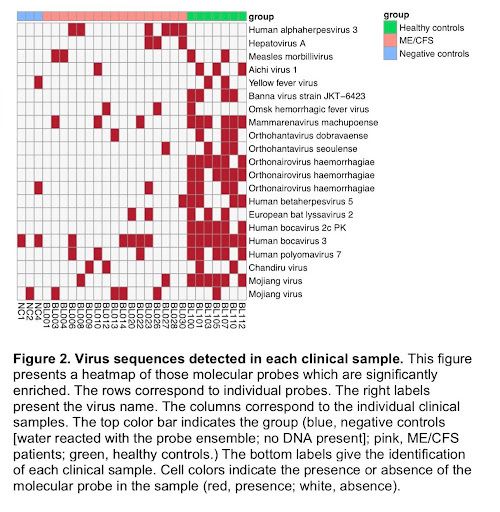
 Researchers used a special molecular probe technology that searches for DNA from 185 known human viruses.
Researchers used a special molecular probe technology that searches for DNA from 185 known human viruses. 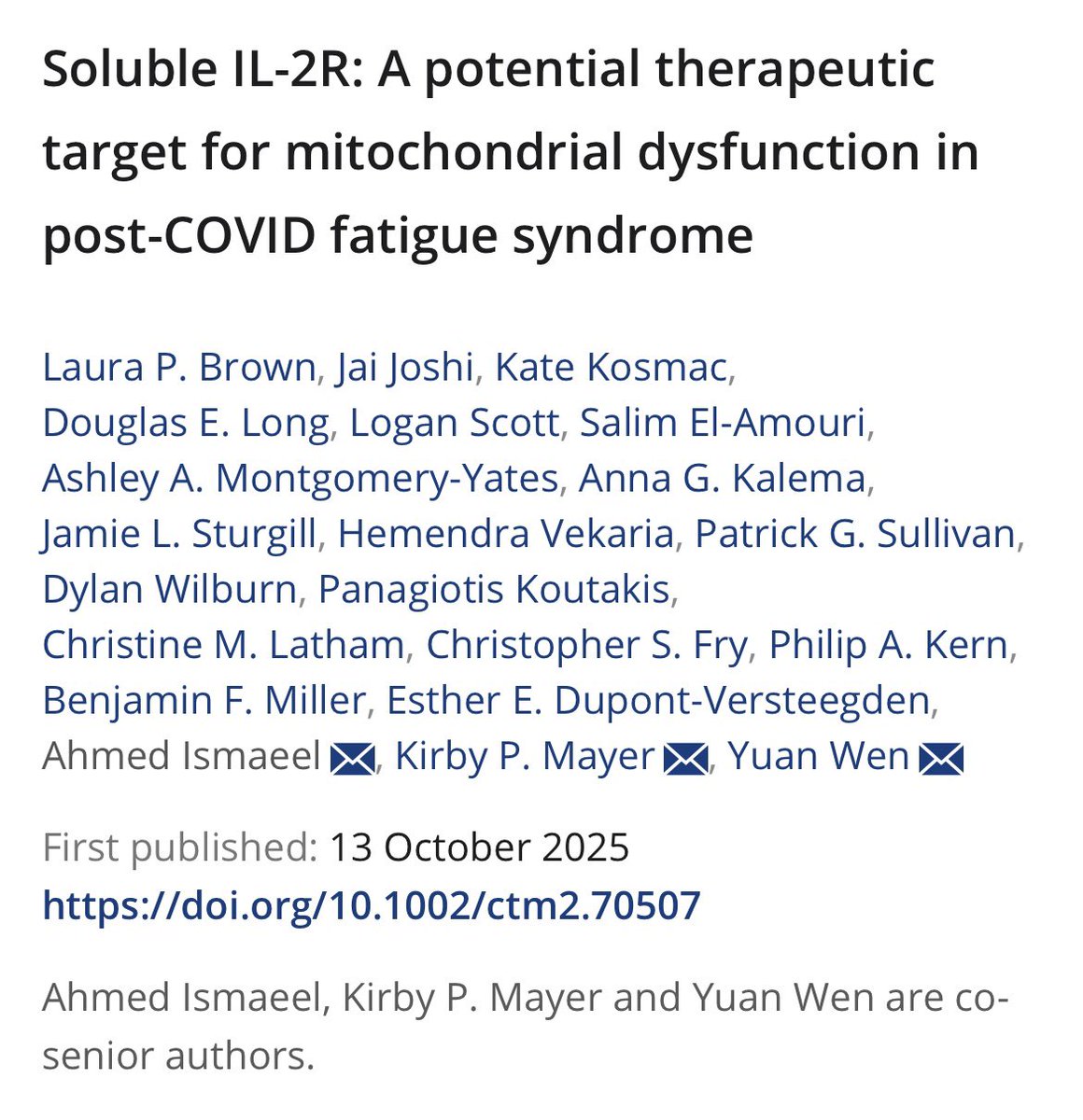
 Two studies led by Brown et al. (a 2024 preprint and a 2025 peer-reviewed paper) examined blood and muscle samples from people with long-COVID fatigue compared to healthy controls.
Two studies led by Brown et al. (a 2024 preprint and a 2025 peer-reviewed paper) examined blood and muscle samples from people with long-COVID fatigue compared to healthy controls.

 Ang II helps control blood pressure, circulation, and inflammation.
Ang II helps control blood pressure, circulation, and inflammation.
 ROCK2 is an enzyme that helps control blood vessel tone, platelet function, and immune cell signaling.
ROCK2 is an enzyme that helps control blood vessel tone, platelet function, and immune cell signaling. 
 Researchers used mass-spectrometry and ELISA to compare 29 hEDS patients with 29 matched controls.
Researchers used mass-spectrometry and ELISA to compare 29 hEDS patients with 29 matched controls. 
 POTS (Postural Orthostatic Tachycardia Syndrome) is a condition where standing up leads to a large increase in heart rate, dizziness, fatigue, and other symptoms.
POTS (Postural Orthostatic Tachycardia Syndrome) is a condition where standing up leads to a large increase in heart rate, dizziness, fatigue, and other symptoms.
 TGF-β1 is a protein that regulates the immune system, tissue repair, and inflammation.
TGF-β1 is a protein that regulates the immune system, tissue repair, and inflammation.
 ROCK1 is a protein found inside cells. It helps regulate how cells move, contract, and respond to signals - including stress, inflammation, and damage.
ROCK1 is a protein found inside cells. It helps regulate how cells move, contract, and respond to signals - including stress, inflammation, and damage.
 ACE (angiotensin-converting enzyme) plays a key role in blood pressure, fluid balance, and inflammation.
ACE (angiotensin-converting enzyme) plays a key role in blood pressure, fluid balance, and inflammation.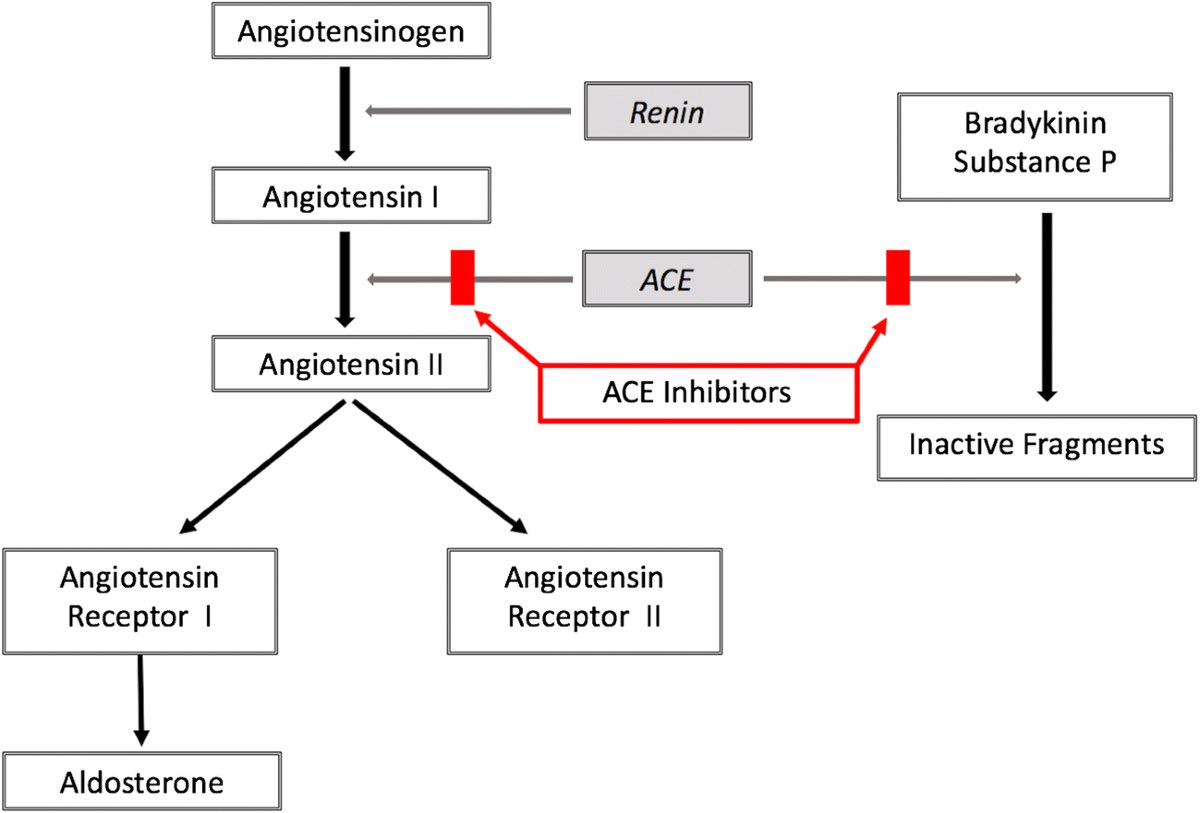

 Mast cells sit in tissues like the skin, gut, and around blood vessels and nerves. When triggered, they release a large mix of chemicals: histamine, tryptase, chymase, cytokines (like TNF and IL-6), prostaglandins, and more.
Mast cells sit in tissues like the skin, gut, and around blood vessels and nerves. When triggered, they release a large mix of chemicals: histamine, tryptase, chymase, cytokines (like TNF and IL-6), prostaglandins, and more. 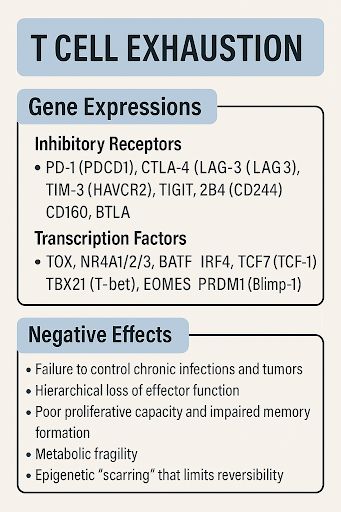
 T cells are immune cells that normally help fight infections and cancer.
T cells are immune cells that normally help fight infections and cancer.